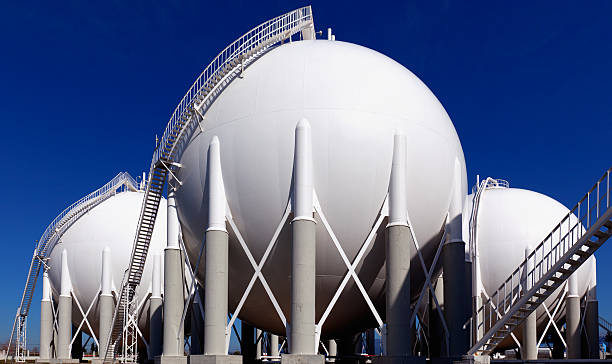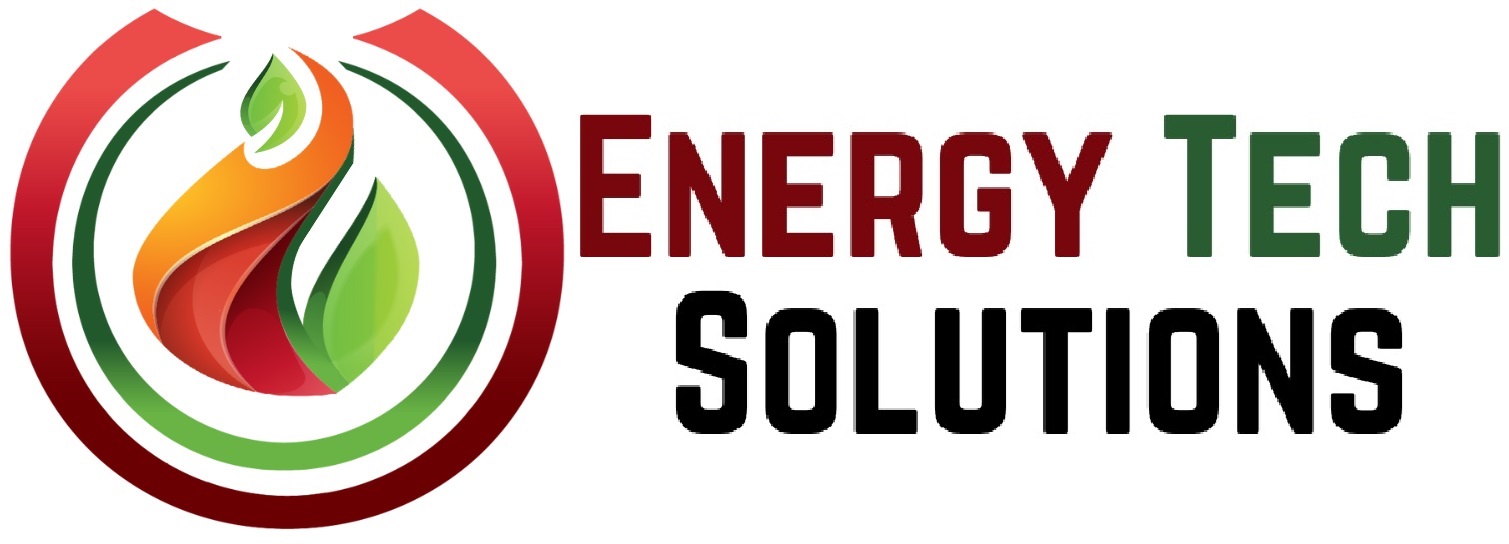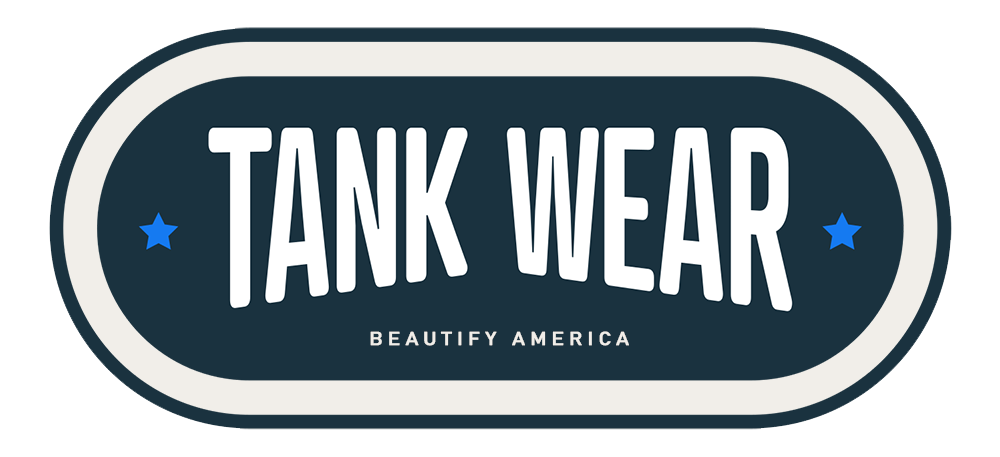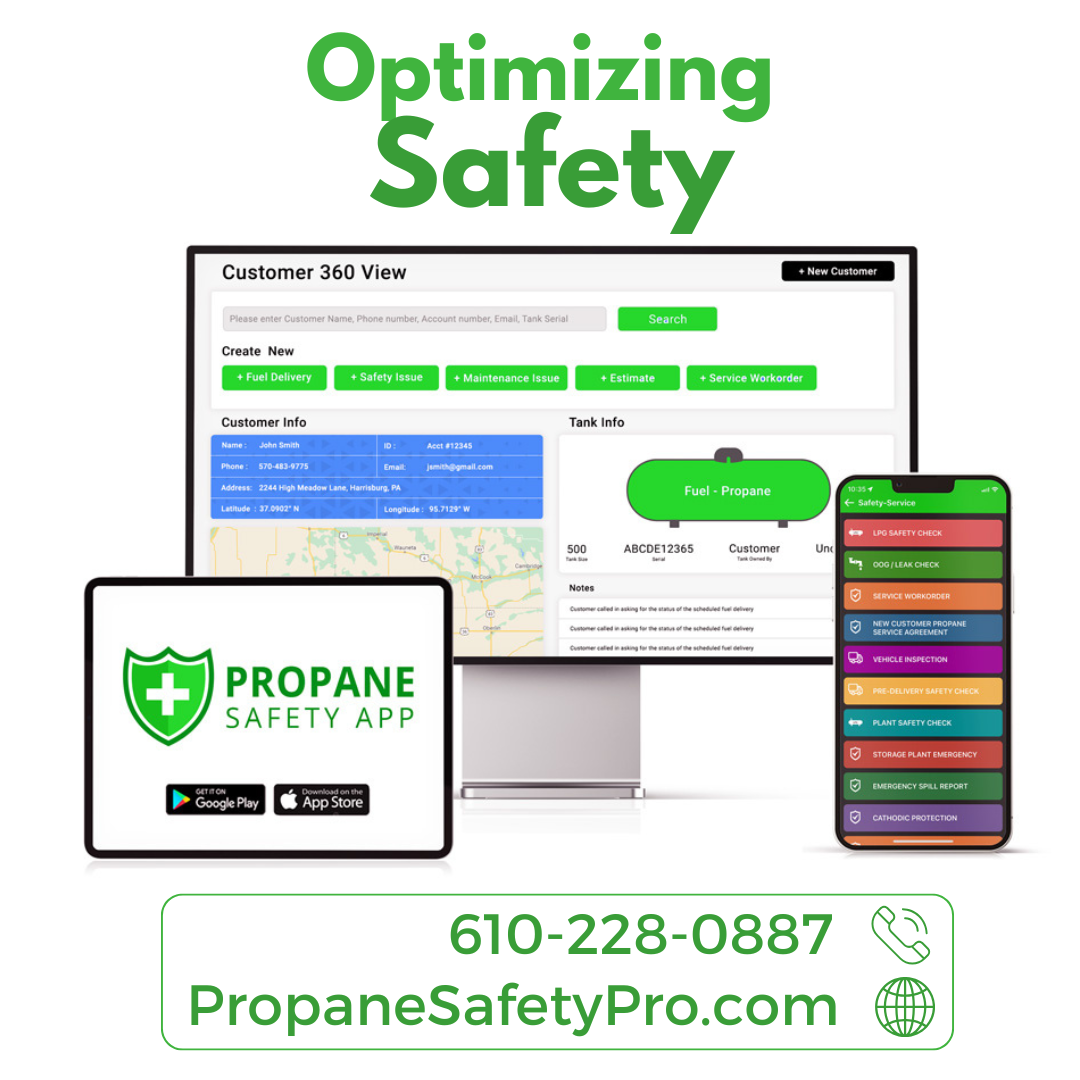Exploring the Journey of Propane: Origins and Supply Chain Dynamics

Recent changes in the market have highlighted the complex dynamics of propane production and its widespread impact. An important event took place on August 4 involving the U.S. Energy Information Administration (EIA) gathering data for its Weekly Petroleum Status Report. This information was made public on August 7, revealing a pivotal moment in the propane sector.
The focal point? Propane production. The week ending August 4 witnessed a record-breaking surge in U.S. propane production, reaching a remarkable 2.687 million barrels per day (bpd). This substantial increase of 187,000 bpd from the prior week has caught the industry’s attention, offering the potential for significant shifts in propane dynamics.
The surge in production is believed to be linked to expanded fractionation capacity around Mont Belvieu, a crucial hub. The propane journey begins with hydrocarbon wells, often nestled in remote locations. These wells yield an array of hydrocarbons, categorized as crude or natural gas depending on their composition. Near the wells, separators come into play, segregating water, heavy hydrocarbons, and lighter hydrocarbons. Each stream continues its journey along the supply chain.
The journey of propane continues as heavier hydrocarbon wells are processed, resulting in propane as a byproduct. Near-demand refineries commonly sell their propane in local markets, although supply sources have dwindled due to centralization. On the other hand, light hydrocarbons journey through processing plants that separate methane, used for natural gas distribution.
However, the bulk of propane supply emerges from major hubs, like Mont Belvieu. Here, natural gas liquids are fractionated and stored. Recent capacity expansions led to a surge in propane production, reflecting the dynamic interplay between production levels, fractionation capacity, and overall hydrocarbon output.
This surge in supply introduces new variables, including propane dehydrogenation plants converting propane into propylene for petrochemical use. As the market navigates these changes, it’s important to watch how demand responds. With supply surges often preceding shifts in demand, the market anticipates potential above-average inventory builds until winter demand gains traction.
The propane journey is a complex symphony, orchestrated by hydrocarbon wells, refining processes, fractionation capacities, and evolving demand dynamics. As the industry adapts to newfound capacity and demands, the ebb and flow of propane’s journey continue to shape market outcomes.










